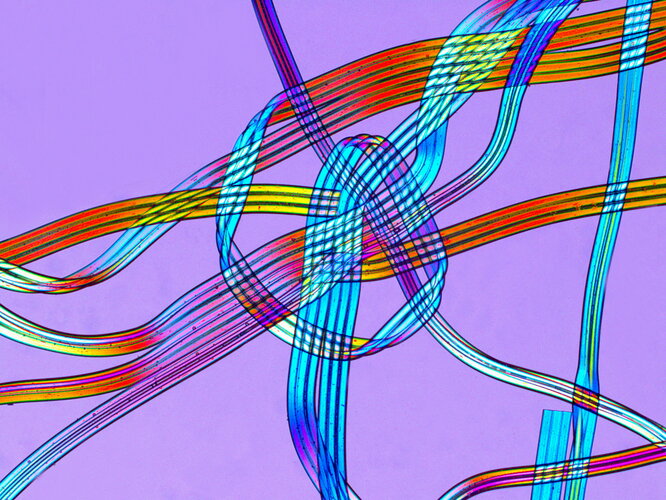
The Institute spent more than a decade working on PU thermo-insulating foam for the Soviet Union’s giant Energia cryogenically-fuelled launcher, designed to carry the Buran space shuttle into orbit. The 158-m high launcher flew twice in 1987 and 1988 (the second time with the Buran affixed to it).
“It might seem strange that a lab working on wood chemistry ended up with such experience, but we have been working on PUs for more than half a century,” comments Director of the Institute Ugis Cabulis.
“So we combine knowledge of renewable PU chemistry with cryogenic foam recipes – not just at lab level but up to pilot manufacturing scale, including foam sprayers, and a wide range of test equipment. We also have direct experience of the special needs of the space sector, having also collaborated with ArianeGroup in recent years.”
The non-isocyanate PU materials so far synthesised and tested contribute to sustainability by being made with around 50 % of renewable resources, containing no organic solvents and, in the case of foam, no ozone depleting CFCs traditionally used for blowing.
Testing shows they meet the majority of space sector requirements, with a follow-up General Support Technology Programme project set to focus on thermo-isolating foam. Thomas Rohr of ESA's Materials and Processes section advised on compliance with the European Union's REACH, Registration, Evaluation, Authorisation and Restriction of Chemicals, regulation.



